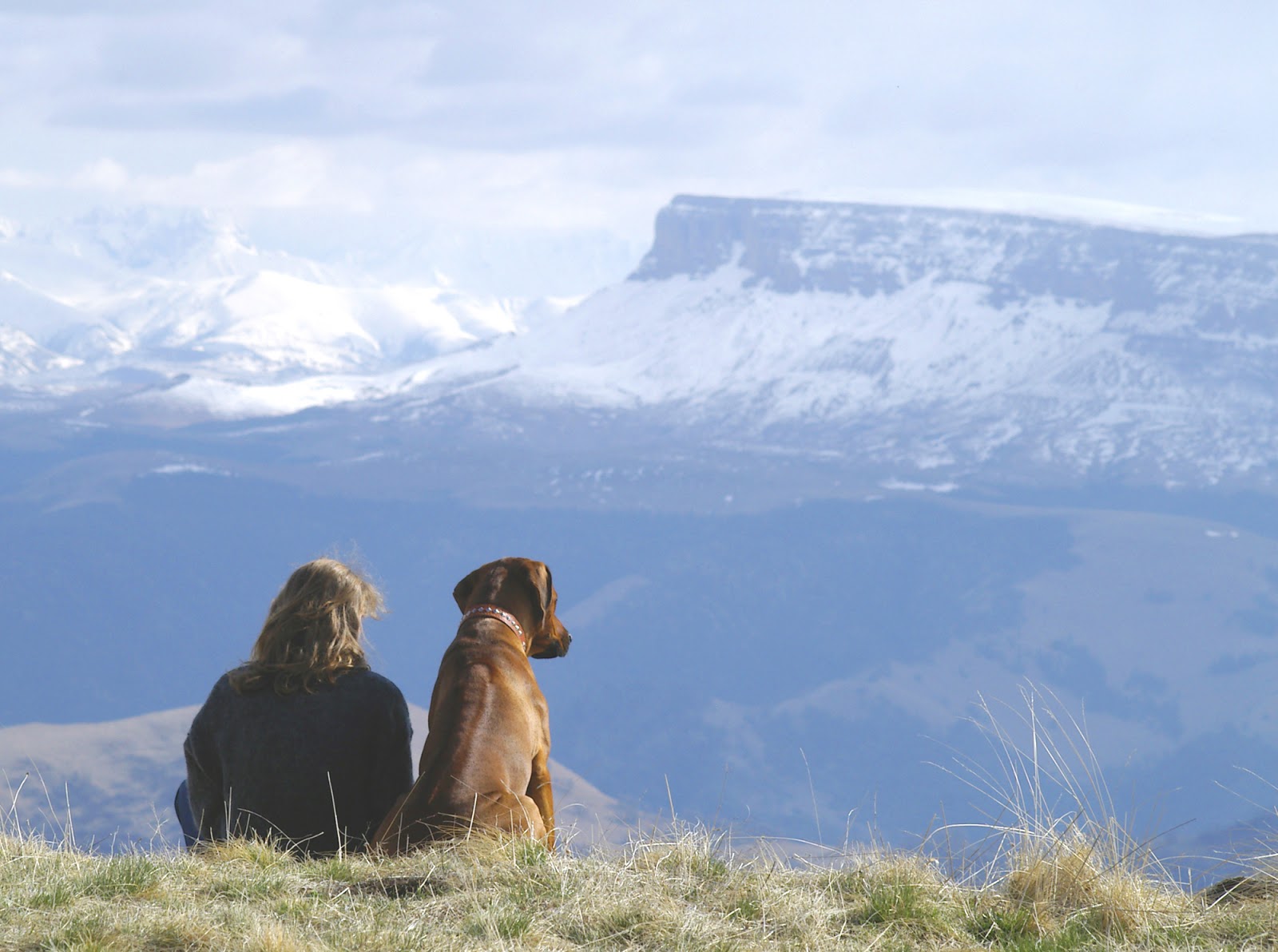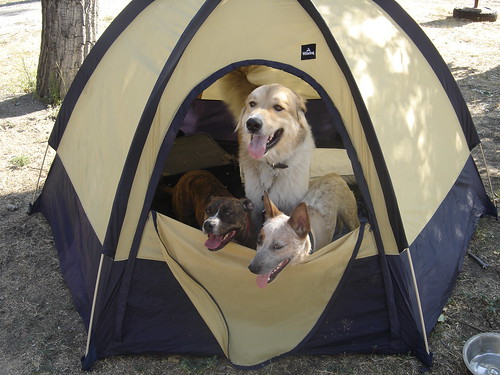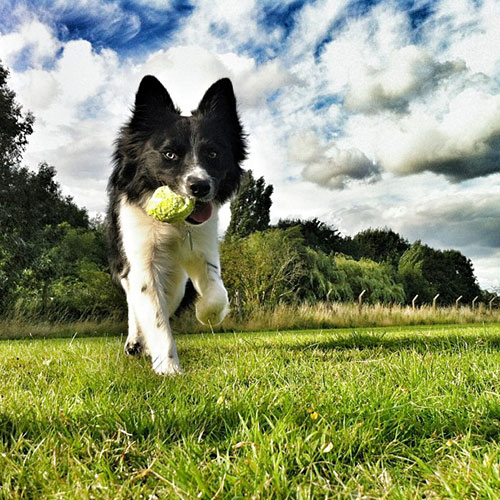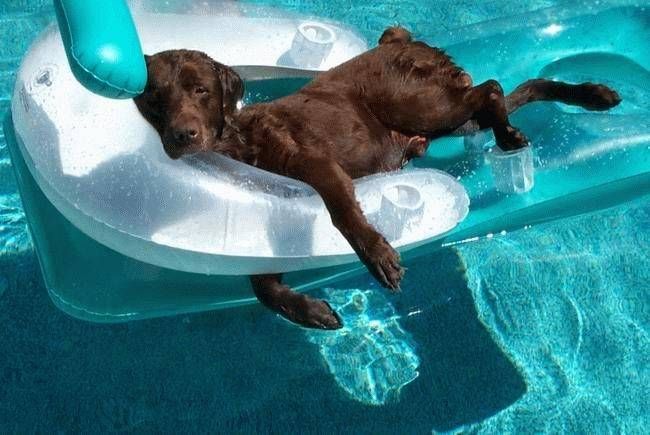September 23rd is officially the first day of fall! What’s not to love about this time of year? The weather is nice, the colorful leaves are falling and the holidays are right around the corner! You’re not the only one looking forward to this time of year – this can be a fun time of year for your pets as well. Let’s talk about some fun activities to enjoy with your pets during the fall months.
Take a Hike
The fall is the perfect time to explore some of your favorite hikes, trails, and national parks, so leash up your buddy and get ready for some fun! You and your dog are bound to enjoy the pretty fall foliage and all the great fall scents. Just make sure that your dog is properly treated for ticks and fleas before heading out, and you are on your way to a fun, safe hike!

Have a Doggy Play Date
Depending on where you live, fall can be a bit too chilly at times to enjoy the outdoors. Your dog still needs to get the proper amount of exercise and physical activity on those chilly days. Why not invite a friend to bring their dog over for a little play date action? This can be a lot of fun for both you and your dog and will provide them with a good amount of exercise!

Toss around the Football
We can’t speak for everyone, but for some people fall means FOOTBALL! So, get in the spirit and toss a football around with your dog in the park or the backyard. Sure, he can’t throw it back or score a touchdown, but he surely will love being on the receiving end. For smaller dogs you can even throw a small, plush football around instead.

Head to the Pumpkin Patch
Fall means pumpkin everything, right? Head to a pumpkin patch in your area and bring your dog along with you {as long as it is dog-friendly}. Let your dog help you pick out the perfect pumpkins to adorn your house with. This would also be a good time to snap some cute fall photos of your dog posing beside the prettiest pumpkin of the patch! Did you know that many dogs actually enjoy the taste of pumpkin? It’s even safe for them to eat! Give them a scoop with their next meal and see how they like it.

Camping Trip
A camping trip is like a dog’s dream come true, and fall is one of the best times of year to do it. Find a dog-friendly camping ground near you and plan a trip. Your dog will love spending quality time with you in the outdoors and you can enjoy unplugging and getting away for the weekend.

Halloween Fun
There are always plenty of pet-friendly community events happening around Halloween. These events are a great opportunity for your dog to get some social interaction and even for you to meet other dog lovers in your community. Start planning early and {if your dog doesn’t mind} find the perfect Halloween costume for both you and your dog to wear to join in on all of the fun!

Fall is such a great time of year to plan fun activities with your pet. We couldn’t possibly list all of the pet-friendly activities for you to enjoy. The important thing is to get out and spend some quality time with your pet and let them enjoy this time of year as much as the rest of us do. Happy Fall!

















